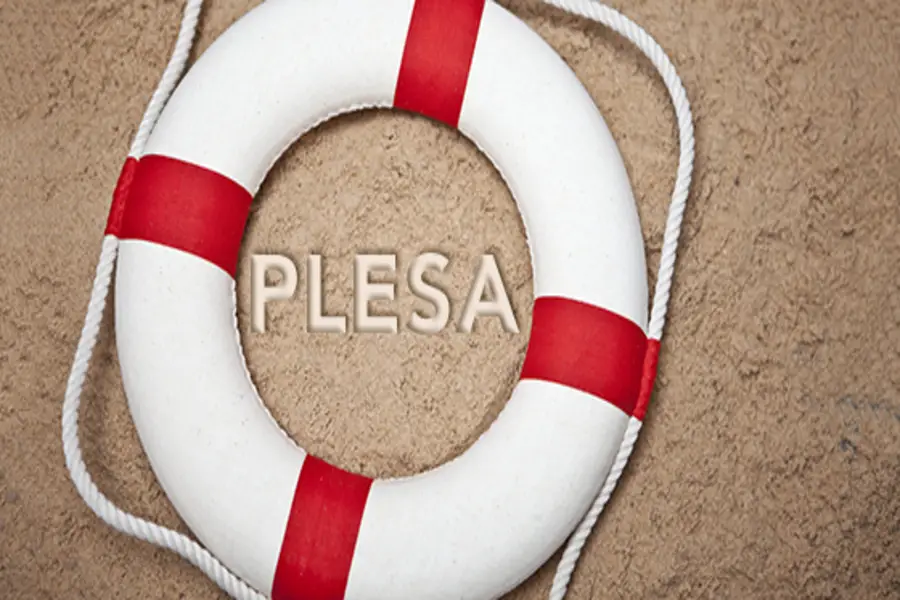Should Your Business Offer the New Emergency Savings Accounts to Employees?

As part of the SECURE 2.0 law, there’s a new benefit option for employees facing emergencies. It’s called a pension-linked emergency savings account (PLESA) and the provision authorizing it became effective for plan years beginning January 1, 2024. The IRS recently released guidance about the accounts (in Notice 2024-22) and the U.S. Department of Labor (DOL) published some frequently asked questions to help employers, plan sponsors, participants and others understand them.
PLESA basics
The DOL defines PLESAs as “short-term savings accounts established and maintained within a defined contribution plan.” Employers with 401(k), 403(b) and 457(b) plans can opt to offer PLESAs to non-highly compensated employees. For 2024, a participant who earned $150,000 or more in 2023 is a highly compensated employee.
Here are some more details of this new type of account:
- The portion of the account balance attributable to participant contributions can’t exceed $2,500 (or a lower amount determined by the plan sponsor) in 2024. The $2,500 amount will be adjusted for inflation in future years.
- Employers can offer to enroll eligible participants in these accounts beginning in 2024 or can automatically enroll participants in them.
- The account can’t have a minimum contribution to open or a minimum account balance.
- Participants can make a withdrawal at least once per calendar month, and such withdrawals must be distributed “as soon as practicable.”
- For the first four withdrawals from an account in a plan year, participants can’t be subject to any fees or charges. Subsequent withdrawals may be subject to reasonable fees or charges.
- Contributions must be held as cash, in an interest-bearing deposit account or in an investment product.
- If an employee has a PLESA and isn’t highly compensated, but becomes highly compensated as defined under tax law, he or she can’t make further contributions but retains the right to withdraw the balance.
- Contributions will be made on a Roth basis, meaning they are included in an employee’s taxable income but participants won’t have to pay tax when they make withdrawals.
Proof of an event not necessary
A participant in a PLESA doesn’t need to prove that he or she is experiencing an emergency before making a withdrawal from an account. The DOL states that “withdrawals are made at the discretion of the participant.”
(This is Blog Post #1528)


